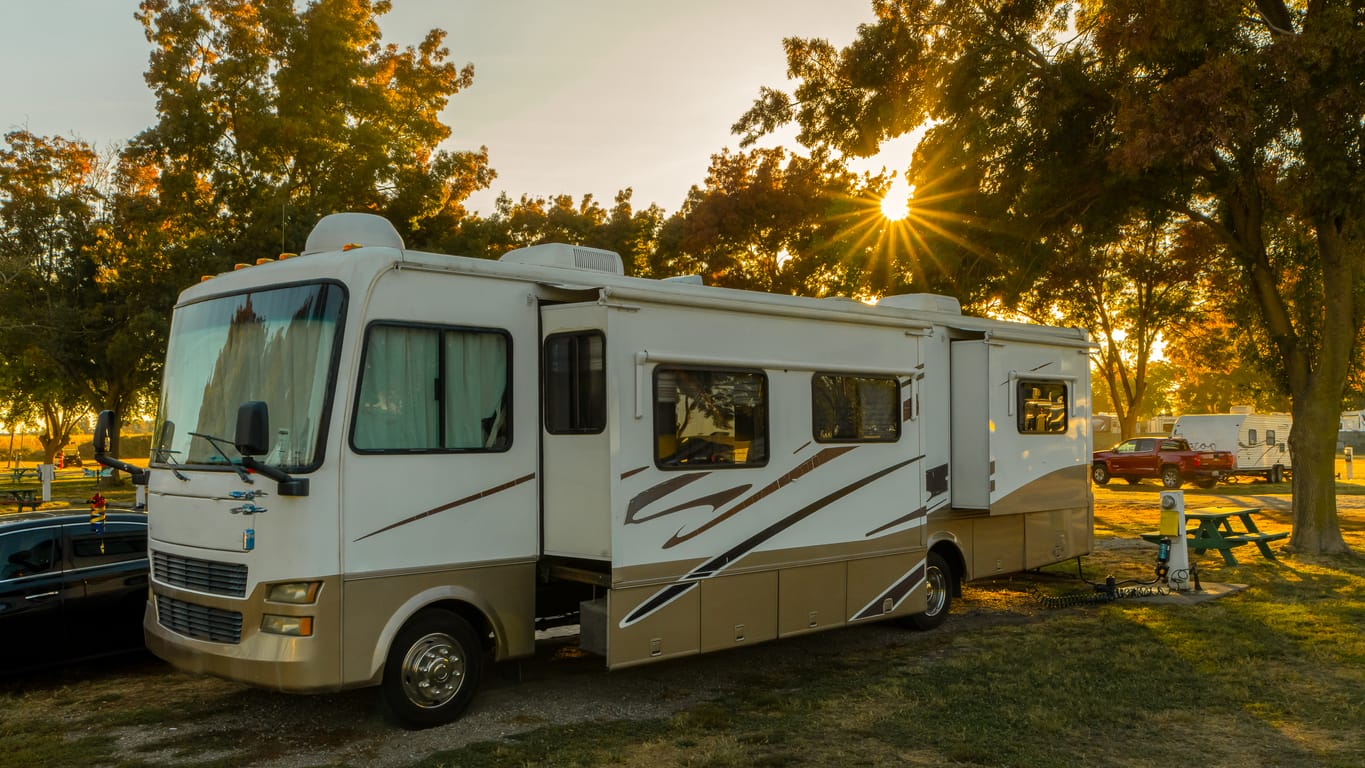Introduction Diving into the world of RV shipping in the United States is like embarking on a new adventure on the open seas. With every state having its unique set of guidelines, nuances, and potential pitfalls, the journey requires thorough preparation. Fortunately, by equipping oneself with the right knowledge, anyone can conquer the waves of RV transport with confidence.
The Basics of State-to-State RV Shipping Understanding the elementary facets of RV shipping sets the foundation for a smooth voyage. But remember, each state has its variations.
Choosing the Right Shipping Company In the vast sea of options, it’s vital to select a shipping company that understands both your needs and the specifics of state-to-state RV transport. Do your homework, read reviews, and seek recommendations. Trust plays a pivotal role here; after all, your RV isn’t just a vehicle, it’s a treasure trove of memories.
Understanding State-Specific Regulations Just as every sea has its unique tides, every state has its regulations when it comes to shipping.
- California Cruising: Known for its stringent environmental regulations, California demands all vehicles, including RVs, meet specific emissions standards. Before shipping your RV into or out of the Golden State, ensure it’s compliant.
- Texas Tidings: Texas has vast stretches of road, and an RV shipped to or from this state must adhere to particular size and weight restrictions. Moreover, understanding the tax implications of importing an RV into Texas can save you a chunk of change.
- Florida Fluctuations: As a hub for retirees and RV enthusiasts, Florida sees a high volume of RV shipments. Familiarize yourself with the state’s registration process, especially if you’re considering making the Sunshine State your RV’s permanent home.
Insurance Insights Anchoring your RV with the right insurance before shipping is paramount. Different states might have varied coverage requirements. Always verify that your shipping company provides adequate coverage for the journey and understand the claims process should anything go awry.
Preparation Protocols Before setting your RV afloat on its journey, there’s a checklist every owner should follow. Clean the interior, remove personal belongings, and ensure all loose parts are securely fastened. This reduces the risk of damages and ensures a more efficient shipping process.
Cost Considerations Just as one would budget for a sea voyage, planning for the financial aspect of RV shipping is crucial. Prices fluctuate based on distance, the weight of your RV, and seasonal demand. Always get multiple quotes and remember, the cheapest option might not always be the best.
The Arrival and Inspection Upon your RV’s arrival at its destination, a thorough inspection is indispensable. Check for any external or internal damages, and ensure that any discrepancies get documented. This step is crucial for any potential insurance claims.
Safe Storage Solutions If you’re not immediately embarking on a road trip upon your RV’s arrival, you’ll need to consider storage options. Different states offer a variety of storage facilities catering specifically to RVs. Opt for ones with good security measures and favorable customer reviews.
Conclusion Navigating the intricate channels of state-to-state RV shipping in the U.S. can seem daunting. Yet, with the right knowledge, preparation, and a touch of patience, it’s a journey anyone can master. Just remember, every successful voyage starts with a well-planned route.
FAQs
- Q: How long does it typically take to ship an RV from one state to another?
- A: Generally, the duration depends on the distance and the shipping company’s schedule. However, coast-to-coast shipments usually take 7-10 days.
- Q: Is it safe to leave personal items inside the RV during shipping?
- A: It’s recommended to remove all personal belongings. Not only does this reduce weight, but it also minimizes the risk of items getting damaged or lost.




